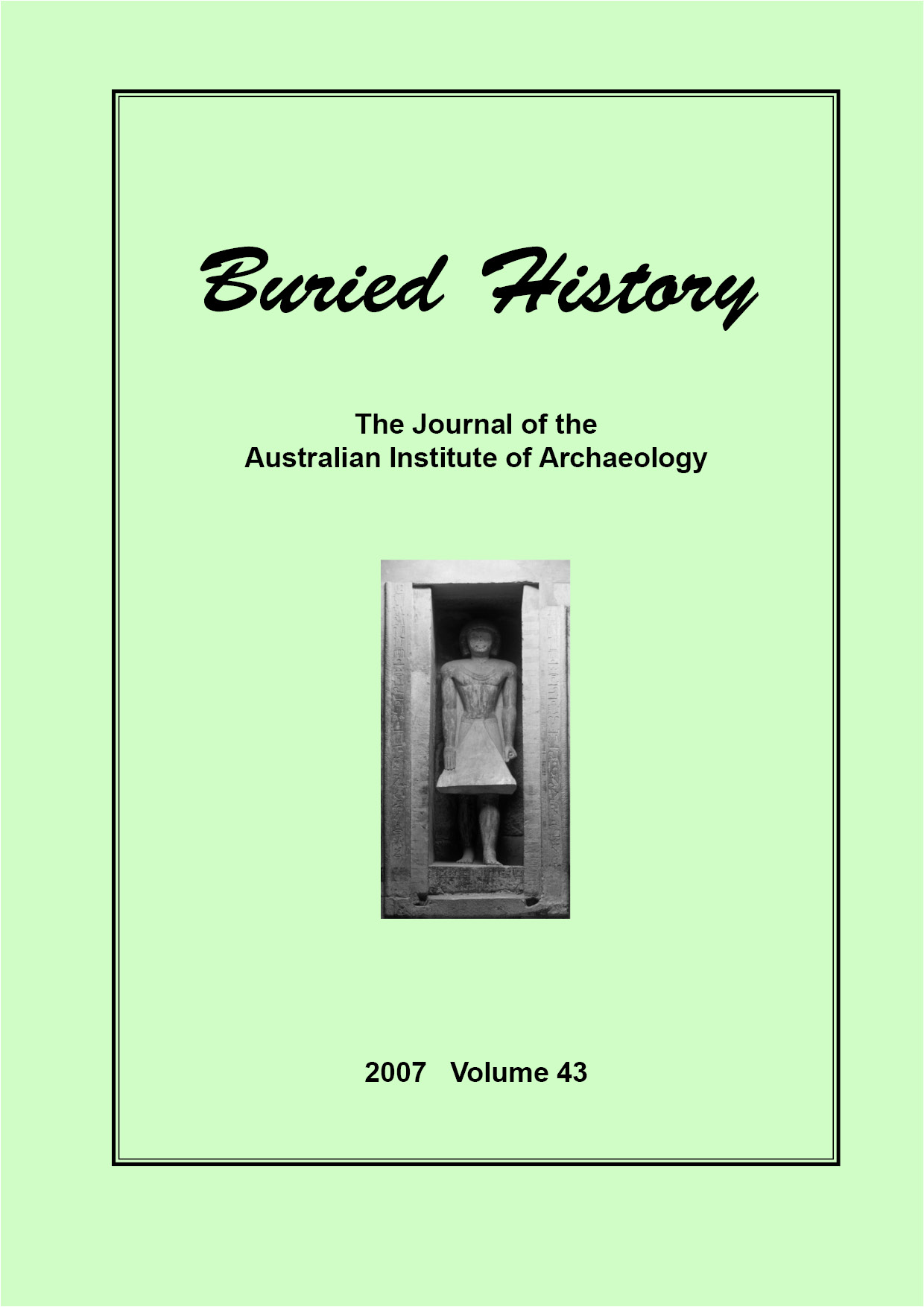Pottery Makers and Premodern Exchange in the Fringes of Egypt: An Approximation to the Distribution of Iron Age Midianite Pottery
DOI:
https://doi.org/10.62614/tq3h9264Abstract
This paper aims to study the distribution of Midianite pottery, a ware that was
manufactured in the Hejaz and spread over the Negev (most notably Ramesside Timna), southern Palestine, and southern-central Jordan during the Iron Age. The admittedly meagre evidence from local sites suggests that the context of discovery is of particular significance. Since Midianite wares appear consistently in cultic contexts, administrative buildings and burial offerings, they may have been seen as valuable imports, probably due to their rich polychrome decorations, cultic character and/or imported nature. The presence of Midianite wares in these contexts implies that these goods were valued for their social significance as well as their functional content. This, in turn, points to the existence of exchange mechanisms of some kind, most notably gift-exchange and trade.
Downloads
Published
Issue
Section
License
Copyright (c) 2008 Juan Manuel Tebes (Author)

This work is licensed under a Creative Commons Attribution-NonCommercial-ShareAlike 4.0 International License.




